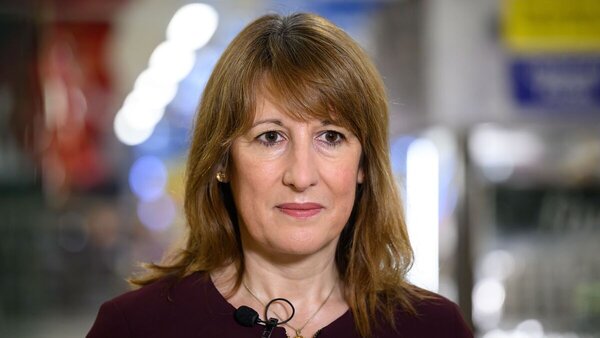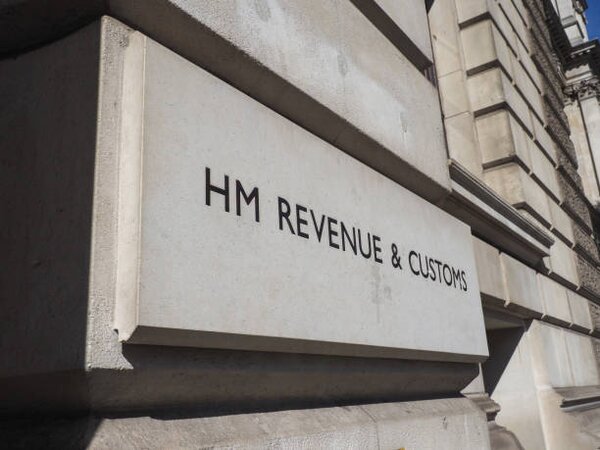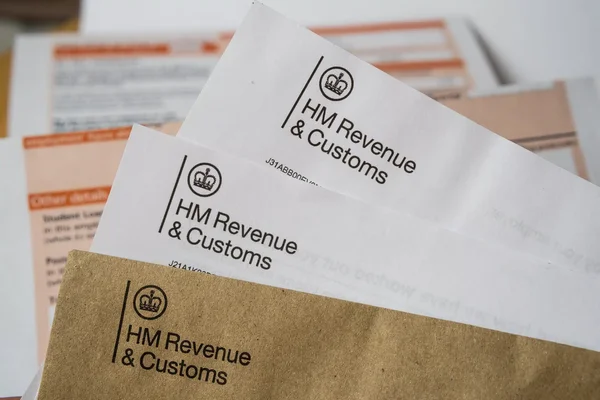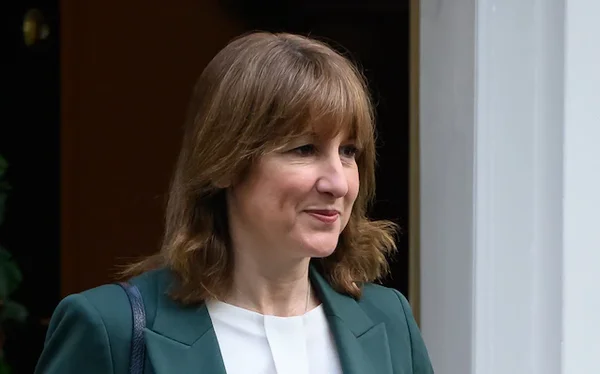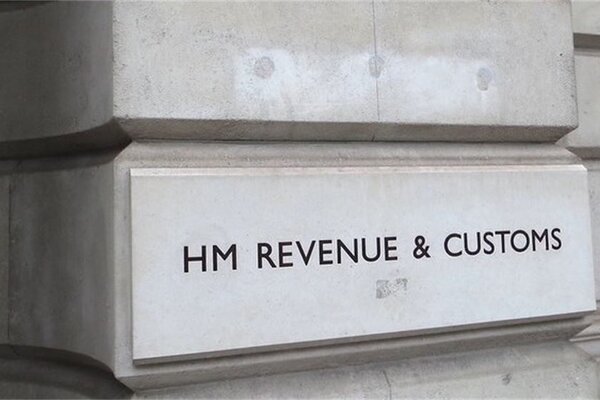HMRC Unveils Plans for a Digital-First Tax System
As Parliament headed into its summer recess, HMRC quietly released a sweeping, 13,700-word “Transformation Roadmap” setting out more than 50 proposals aimed at creating a “more automated, more self-service” tax authority by 2030.
The plan paints a picture of a radically reshaped HMRC, one where 90% of customer interactions happen digitally, letters are replaced with digital notifications, and common taxpayer issues are resolved without human intervention.
New HMRC chief John-Paul Marks struck an optimistic tone: “HMRC will look very different by 2030.” But for many industry professionals and advisers, the devil is in the detail, or lack thereof. While the ambition is clear, the roadmap offers few concrete delivery timelines, and experts warn it may widen the gap between digital services for taxpayers and their agents.

Key Measures: Digital PAYE, Voice Biometrics, and More
Among the most significant announcements is a new online PAYE self-service platform set to cover around 35 million UK taxpayers. Through their HMRC app or personal tax account, users will be able to update employment details, tax reliefs, and expenses themselves. It is essential for taxpayers to maintain accurate digital accounts to ensure proper tax reporting and facilitate regular submissions.
The Revenue expects this move alone to save over £50 million a year by cutting paper correspondence, with full rollout targeted by the 2028–2029 tax year. Paper will remain for critical cases and digitally excluded users.
Other digital measures include:
- Replacing Government Gateway with gov.uk** One Login** (starting by late 2026)
- Expanding voice biometrics across helplines
- Digitalising inheritance tax services
- A digital disclosure service for error correction and voluntary tax disclosures
Digital record-keeping should also include retaining invoices as evidence for tax submissions and compliance.
Missing Timelines and Agent Frustration
Despite its scope, the roadmap has been criticised for lacking specific deadlines. The Chartered Institute of Taxation (CIOT) welcomed the vision but warned that delivery was uncertain. “Back in 2016, the government told us the tax system would be fully digital by 2020,” said CIOT vice-president John Barnett. “Many of these proposals are still aspirational.”
The Institute of Chartered Accountants in England and Wales (ICAEW) echoed this sentiment. Frank Haskew, ICAEW’s head of taxation strategy, said the plans were “encouraging” but “not transformative.” He warned that services for advisers continue to lag behind those for individual taxpayers, an issue that may grow worse before it improves.

Bridging the Agent–Taxpayer Service Gap
The roadmap openly admits that HMRC’s limited IT capacity has created a growing divide between the digital services available to taxpayers and those provided to agents. To close this gap, a new batch of agent-focused services will be prioritised from 2025, including:
- Digital withdrawal of clients from self assessment (no more letters or calls)
- Expanded use of the Income Record Viewer for agents to access real-time income data
- Digital submission of data affecting client tax codes
- Secure three-way messaging between agents, taxpayers, and HMRC by 2028
- Tracking the progress of client submissions and repayments
HMRC acknowledges that agents “add significant value” to the tax system, but it will take years to upgrade the tools they rely on.
Data, AI, and the Developer
HMRC’s roadmap also outlines a more data-driven future. Plans include:
- Wider use of third-party data to pre-fill tax returns and adjust PAYE codes
- Automating registration processes to bring more hidden income into the system
- Deploying AI to detect fraud, assist users via chatbots, and summarise calls for caseworkers
- A new software roadmap to be published by April 2026, setting out standards for developer integration
While the document stops short of mandating e-invoicing, it acknowledges its benefits and hints at future collaboration with the Department for Business and Trade.
Kevin Sefton, CEO of tax app untied and BASDA council member, welcomed the recognition of developers’ role. “It’s pleasing to see an explicit statement that software developers are an integral part of the tax and customs system,” he said.

The Solution Already Exists
While HMRC is setting its digital sights on 2030, Pie is already there. Pie is the UK’s first and only fully digitalised self assessment product, built over the last three years and designed to cover every income type: from employment and rental to dividends, investments, and side hustles.
Currently, filing a basic self assessment with HMRC requires 96 manual actions. With Pie, it takes just 1. Pie has made tax returns 10x easier and 10x cheaper, all with an intuitive user experience and real-time tax figures. Its automated platform simplifies the process for individuals and accountants alike, and it’s growing at 500% year on year.
And with Pie’s groundbreaking desktop product ready soon, it’s about to become the best-in-class experience for the 12 million individuals who file self assessment every year. A massive leap from HMRC’s outdated portal, which lacks user design, automation, or clarity.
HMRC is promising the future. Pie is delivering it.
Conclusion
HMRC’s Transformation Roadmap sets out a long-term digital strategy that, if delivered, could significantly improve the tax experience for millions. But without deadlines, the plan risks repeating past failures, where bold promises didn’t translate into real-world change. Meanwhile, taxpayers and advisers don’t have to wait.
Pie is already offering the simplicity, automation, and ease HMRC envisions, right now. With a platform that reduces tax returns to a single step, covers all income types, and offers the best user experience in the market, Pie is setting the benchmark for modern tax filing in the UK. As HMRC slowly moves forward, Pie is already miles ahead.





